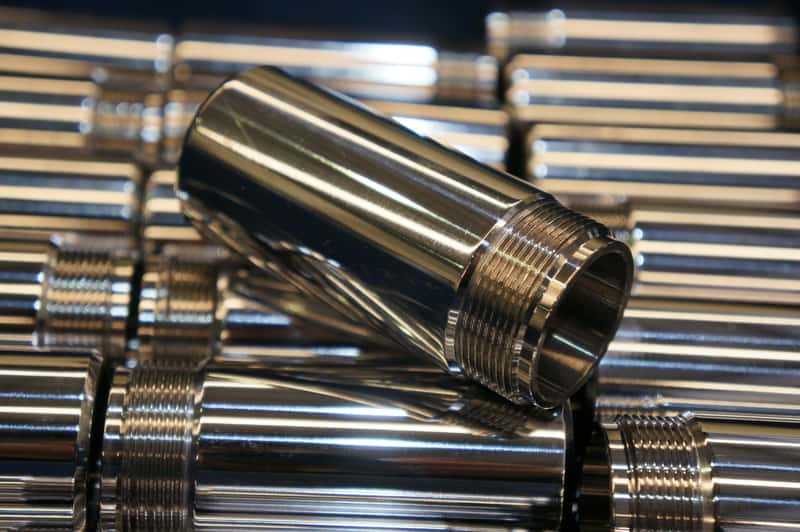“This post contains affiliate links, and I will be compensated if you make a purchase after clicking on my links.”
When welding in the aerospace industry, there is hardly a way around getting in contact with a Chrome alloy. And since Chrome has a couple of very interesting chemical properties, welding Chrome might also be relevant to you.
Generally, Chrome and Chromoly can be welded with Tungsten Inert Gas (TIG) or Metal Inert Gas (MIG) welding. Important steps for welding Chrome are thorough preparation before welding and protecting from the toxic hexavalent chromium fumes generated during welding.
Therefore I compiled 8 tips for you to successfully weld Chrome. Make sure to read to the end, because there are some caveats when tackling Chrome welding.
1) Understanding What Is Special About Chrome and Chromoly
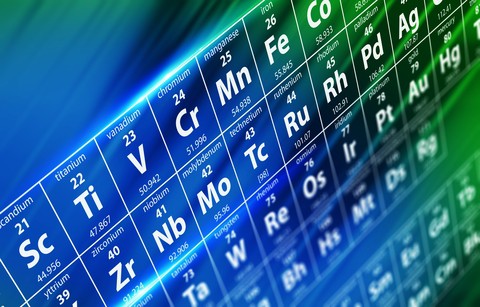
Before getting into details on tips for welding chrome, let’s first understand what it is, its physical, chemical, and mechanical properties. Chrome is derived from chromium elements through electroplating or coating another metal with a layer of chromium for various purposes such as protection through the added protective layer and aesthetic application.
This means that chromium is similar to chrome. It’s used for protection purposes since has high corrosion resistance while its shiny surface upon polishing makes it attractive.
Other important properties of chromium include that it’s a hard and brittle metal while in terms of appearance, it looks silver-gray. Further, chromium doesn’t tarnish in the air although it’s unstable in presence of oxygen forming an impermeable layer of oxide layer thereby protecting the metal below.
While electroplating metals with chromium, other materials may be added that might require attention when it comes to the welding of chrome. One such material is the molybdenum that forms a compound known as Chromoly.
Welding of Chromoly-based metals can sometimes be difficult which requires some tips and tricks for a proper joint. The chrome-based alloys can be welded either through tungsten inert gas (TIG) or Metal Inert Gas (MIG) welding process. The tricks for welding Chromoly-containing metals are discussed below.
2) Secret to Longlasting Welds: Careful and Thorough Cleaning

First and the most important step when it comes to welding is cleaning and preparation of the material. Since the chrome layer in most materials is very thin, any residual is likely to have an effect on the final welding such as its durability and appearance.
Every welder wishes to have a long-lasting joint and ignoring this step could compromise the integrity of the joint formed. Therefore, to avoid such issues, proper cleaning of the part or material to be welded is necessary.
If it’s small parts, it’s advisable to run the surface of the material on a lathe machine to ensure that the finishing remains flawless. The potential benefits realized from the cleaning step are a smooth, cleaner, and strong weld that can last long thereby increasing the lifecycle and safety of the product.
3) Adapting the Welding Tactic
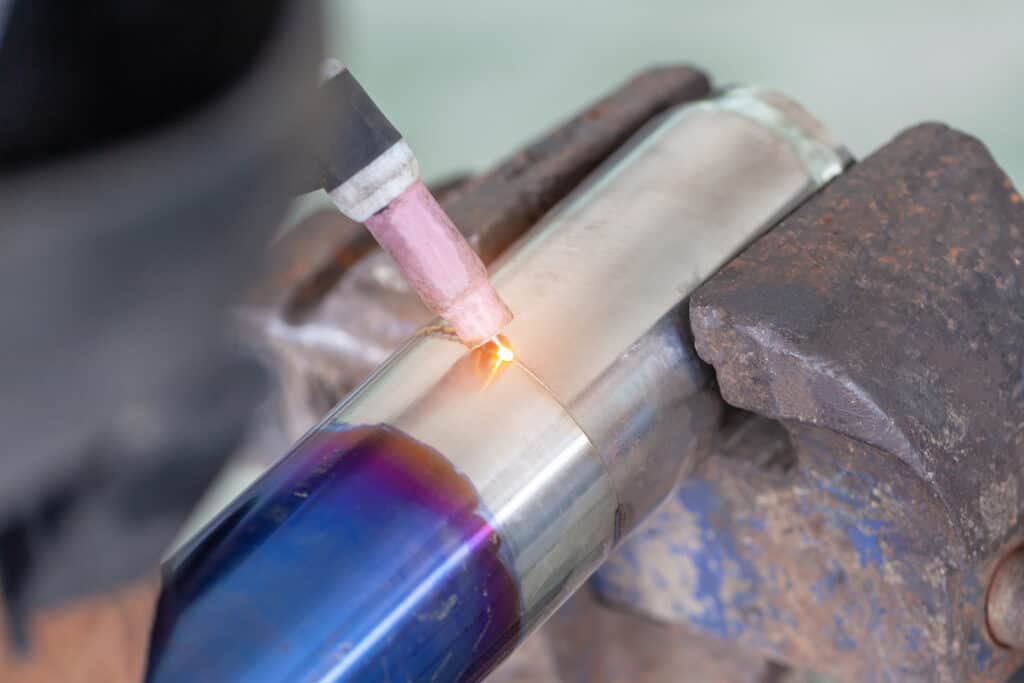
Another tip for welding chrome-based alloy is tacking and fitment. One needs to take caution not to expose the metal to direct heat. This is because Chromoly metals are sensitive to temperature and thus exposure to heat during welding should be done gradually. In that case, the welder should ensure that arc length remains tight.
Numerous smaller tacks are preferred over larger ones so as to keep the weld in place. Small tacks also offer consistency and are easy to weld.
It’s also worthy to note that no gaps should exist within the filament close and it is recommended that any existing one should be closed up. Failure to do so results in the generation of a large heat-affected zone that eventually makes the area too become brittle.
4) Setting Up the Torch Correctly
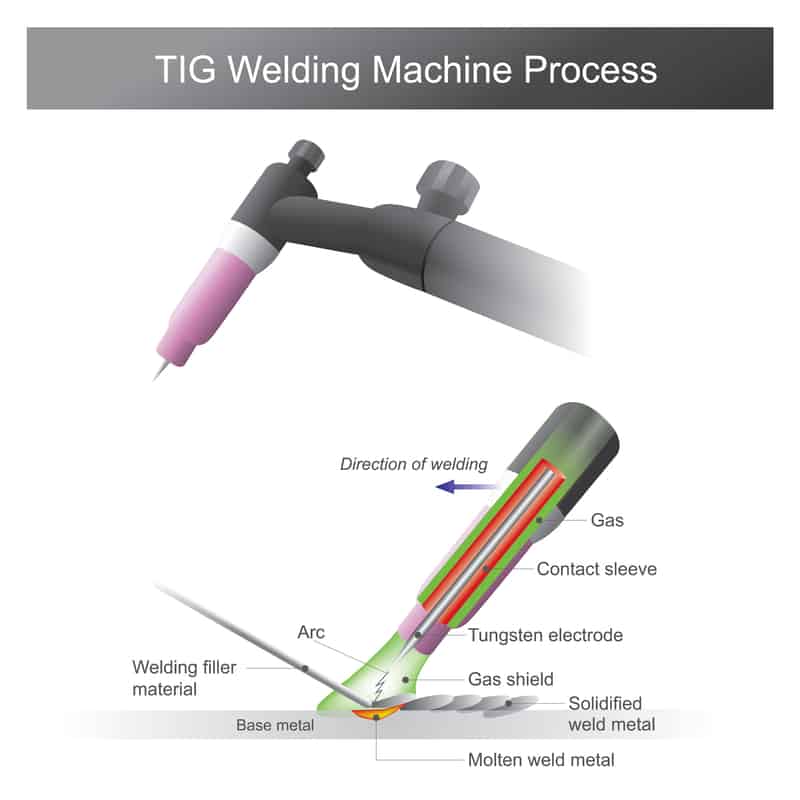
There is also a need to consider the torch setup prior to welding the chrome-plated metals. The selected torch for welding should suit the application.
The mobility and weight of the torch are important especially when the welding process is prone to run for long since the two factors affect the convenience, weight, and productivity of the process.
For this reason, there is a need to select a high-quality torch for proper efficiency. The addition of a glass lens over the glass lens over the torch’s nozzle could be a plus when it comes to welding Chromoly alloys.
A large diameter gas lens is preferred since it forms a better gas shield that allows one to reach tight corners with ease.
5) Selecting the Right Filler Material
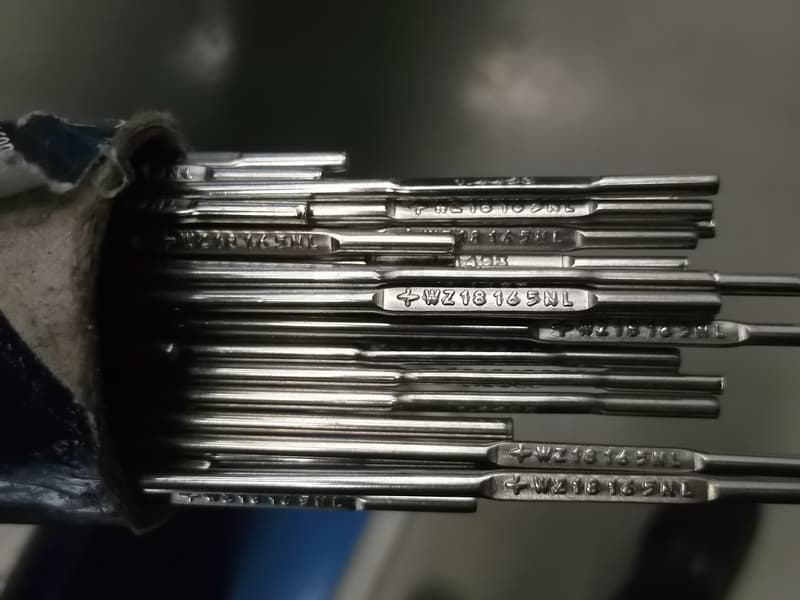
Selection of the right filler material is equally important when it comes to Chromoly welding. Some of the filler materials that can be used in the welding of chrome-molybdenum metals include ER70S-2 and ER80S-D2 among other versions of 4130 alloy.
ER70S-2 filler offers more flexibility since it has a lower tensile strength as compared to that of Chromoly. Filler materials with lower tensile strength have the advantage of crack resistance.
However, it has a disadvantage as it cannot be applied on thin wall tubing. On the other hand, ER80S-D2 filler offers a tensile strength almost the same as that of making it a great option.
Such filler materials are necessary for an already annealed Chromoly that doesn’t require post-welding heating. The weld produced under such conditions is characterized by crack resistance and durability.
6) Mastering the Welding Process
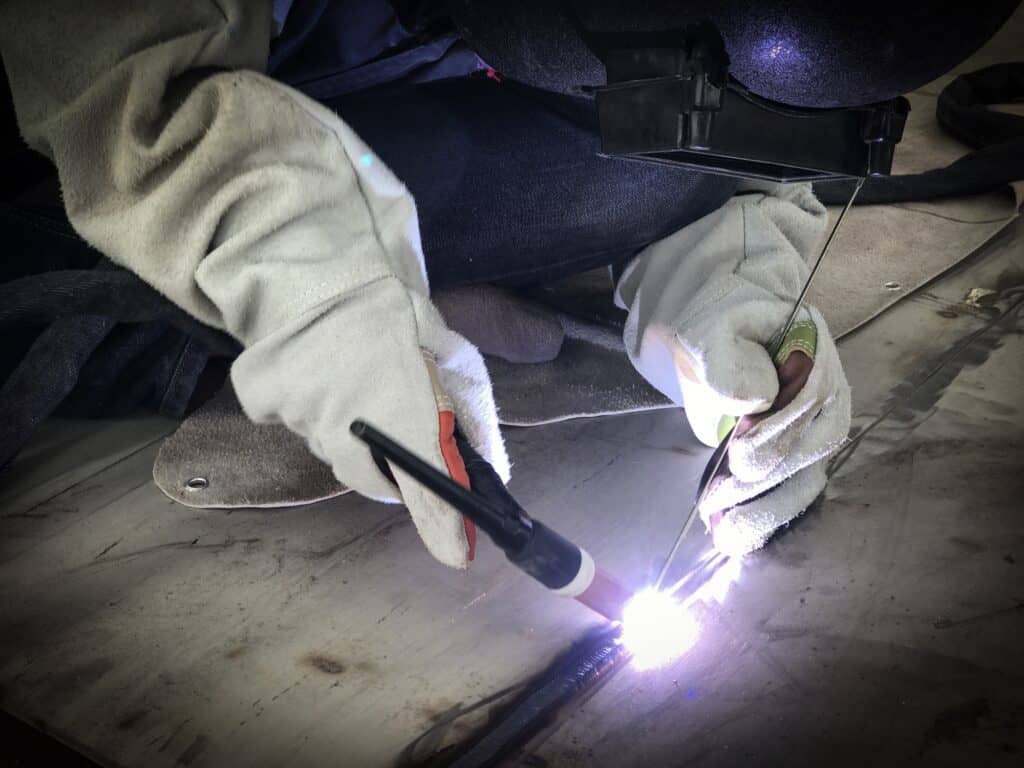
Welding is a process that involves the joining of material interfaces together by fusion under conditions of temperature or pressure. Such conditions enable the materials to join or bond at the atomic level.
The following tips are necessary during the actual welding of chrome.
- For metals containing chromoly with thickness below 0.12 inches, it is not necessary to preheat them. However, thicker metals would require a preheat to temperature between 300-400 degrees Fahrenheit.
- TIG welding on chrome ought to be done slower as compared to normal welding.
- Lift arc is preferred rather than a scratch start for chromoly welding since a scratch start is more unstable. Tungsten van be torched to the base metal before starting the pedal, lifting the welder and then start chromoly welding.
- Since chrome is temperature sensitive, one should gradually slope in and out. This avoids making the material brittle, a scenario witnessed under rapid sloping in and out.
- To ensure that the arc cone remains narrower, it is necessary to keep the tungsten close the chrome-based metal being welded.
- Upon welding, one should avoid cooling the weld rapidly as it can lead to cracking of the weld. This can be enhanced by ensuring that the welding room has no source of air or breeze and thus drying of the weld occurs naturally at a slow speed.
7) Identifing the Chrome-Alloy
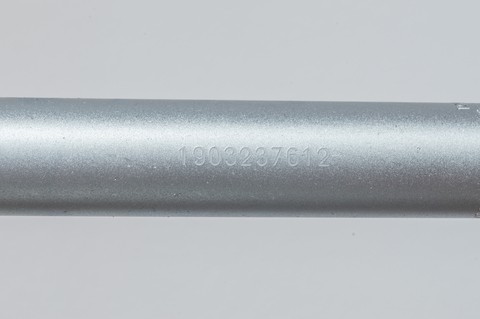
There is a need to understand the type of chromium one is dealing with while welding in order to know how to prepare or even have the knowhow of the precautions that should be taken prior to welding.
Chromium exists in various forms depending on its valence state. They include metallic chromium (Cr[0]), hexavalent chromium (Cr(VI)) and trivalent chromium (Cr[III]). The hexavalent chromium results from the oxidation of chromium elements and pose the greatest health concerns in terms of occupation and the environment.
This is because Cr(VI) is considered poisonous to humans and it might be produced during welding operation.
8) Managing the Risk of Welding Chrome

During welding of chrome, chromium is oxidized to hexavalent chromium that can be contained in fumes among other metal oxides and fluorides generated during the process.
The toxic nature of hexavalent chromium has health problems such as skin rashes, breathing problems, lung cancer, liver, and kidney damage, weakened immune system, stomach upset, and genetic material alteration.
Such deadly impacts necessitate the understanding of fumes generated during welding and how to minimize them.
Chrome-containing base metal influences the fume generation rate during welding. Other factors affecting the fume generation rate during welding include the electric current, electrode diameter, arc voltage, shielding gas, electrode angle, and welding speed among others.
To avoid exposure to hexavalent-containing fumes when dealing with chrome welding, one needs to check on the factors in a way that will reduce the fume generation rate. The potential exposure to hexavalent chromium during welding is necessitated by the following factors.
- Chromium content and the ingredients of flux. Chromium alloys are known to contain 11.5 to 30% of chromium by weight. Increase in the chromium content tends to increase the emitted hexavalent chromium during welding. Moreover, the ingredients used in the electrode have an influence on the stabilization of the hexavalent chromium.
- Welding process. Different welding processes have different fume generation rate and thus the amount of hexavalent chromium produced will also differ.
- Welding rate. The fumes generated during a welding process tend to increase with increased welding rate. This means that more fumes are generated thereby increasing the likelihood of hexavalent chromium exposure during welding.
- Chromate coating on the main material. The presence of chromium as a coating for purposes of protection mentioned earlier will increase the tendency for exposure to hexavalent chromium. The welder needs to be extra careful when dealing with such materials.
- Welding environment. Welding in an enclosed space or room increases chances of fume accumulation thus increasing the chances of hexavalent chromium exposure.
- The relative welding position. Position at which welding is done have significant effect on the path of travel of the fumes. The best welding position with minimal hexavalent chromium exposure is the welding in a vertical direction. This is because the breathing zone of a welder will be away from the fume travel path as it rises. Other exposure factors include, local exhaust ventilation and room ventilation.
Avoidance of exposure to hexavalent-containing fumes will be a better safety precaution for any welder dealing with chrome.
To facilitate this, wearing proper personal protective equipment coupled with setting up an arrangement that minimizes the exposure to the toxic hexavalent chromium fumes produced during welding of chrome-plated materials.
Final Words
So yes, Chrome can be welded, but there are some caveats. This is not an entry-level welding material, so I urge you to take proper precautions and get professional advice on your welding project and setup. Such an article can only highlight some of the factors that are relevant to your project.
References
Spear, J. (2009). Hexavalent Chromium: Exposure factors from welding operations. Spear consulting. Texas.
Eager, T. W., Sreekanthan, P. & Jenkins, N. T. (n.d). Study of Chromium in Gas Metal Arc Welding Fume. Welding Research Conference. Massachusetts.
Millerwelds. (2010). Best Practices for TIG Welding of 4130 Chrome-Moly Tubing in General Motorsports and Aerospace Applications.
American Welding Society. (1937). Welding journal. Miami: American Welding Society.

